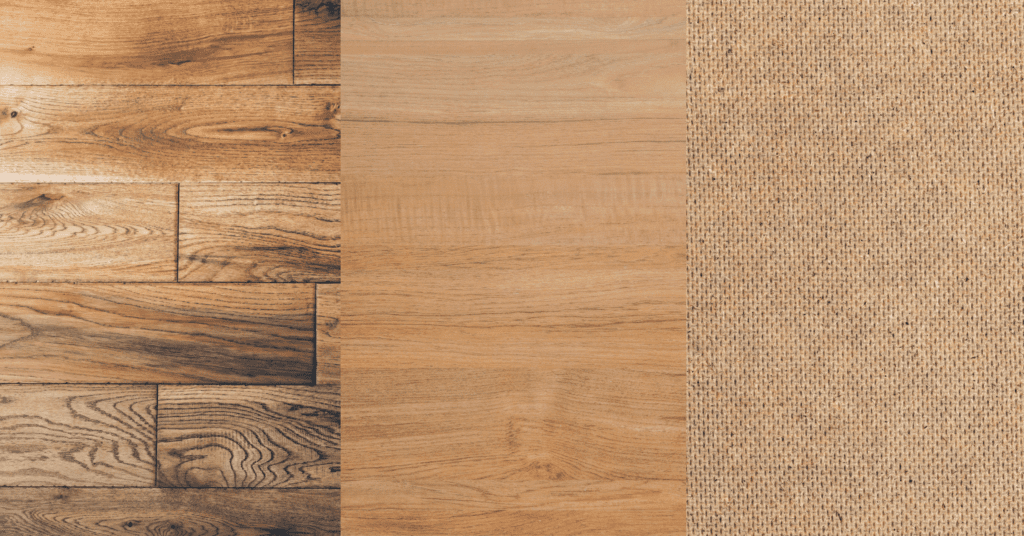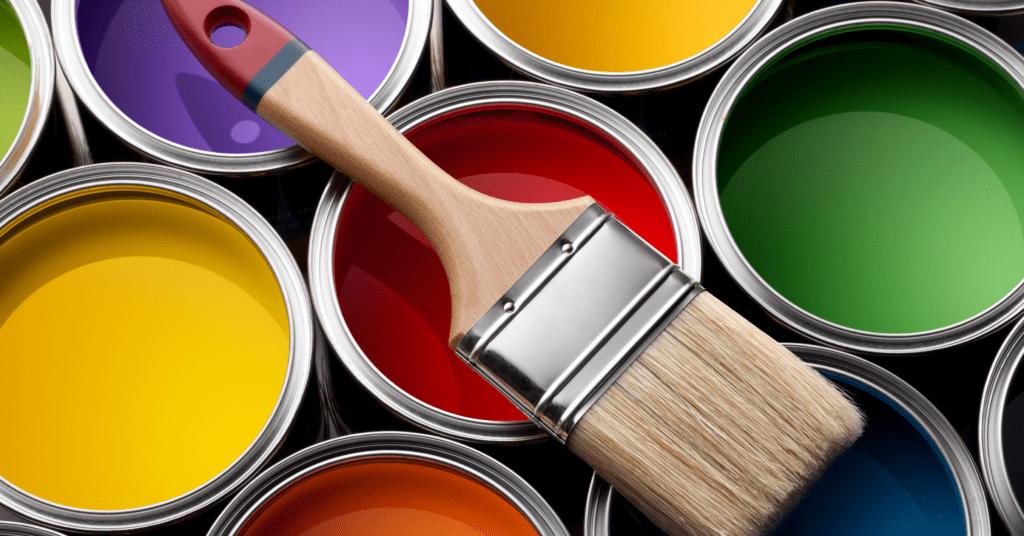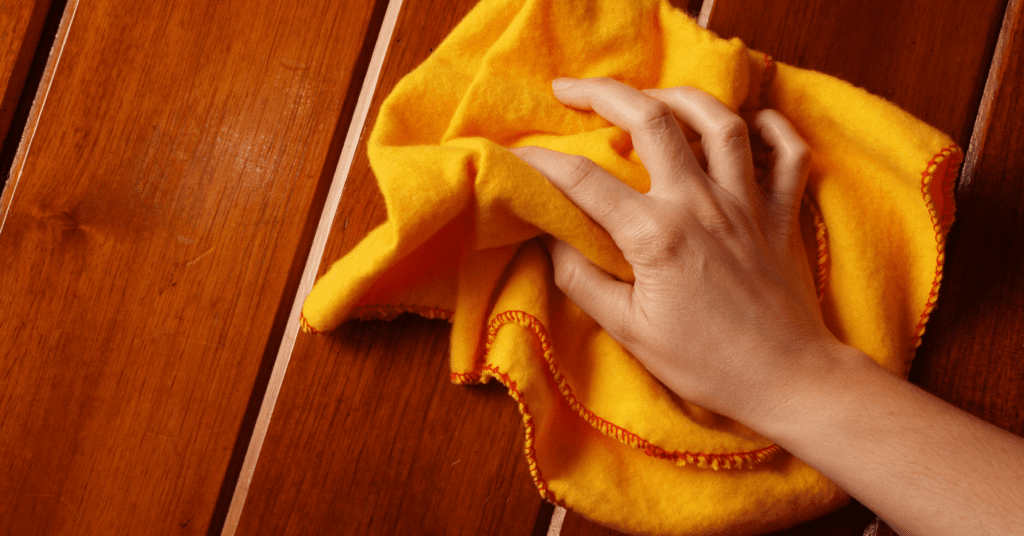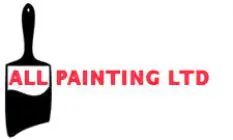Selecting the right type of wood for your painting project is a critical decision that can greatly impact the final result in terms of both aesthetics and durability. Among the common choices are solid wood, plywood, and composite fiberboard panels, each with its unique characteristics. In this comprehensive guide, we’ll explore the qualities of these woods and delve into the suitable paints. So, let’s embark on a journey to discover the perfect wood-paint pairing and the techniques that will help you maintain the beauty of your painted wood for years to come.
Choosing the Right Wood for Painting
As you select the right paint for your wood type, understanding the different types of interior paint can further guide your choice to achieve the desired finish and durability. The type of wood you choose for painting can dramatically affect the durability and look of the paint:

1. Solid Wood
Solid wood, cut directly from trees, is a popular choice due to its ability to absorb paint well, low shrinkage ratio, and low acidity. Hardwood species such as birch, maple, and oak are typically chosen over softwood due to their higher density and resistance to damage.
2. Plywood
Plywood is also an excellent candidate for painting. It’s lighter and offers a larger size than solid panels. The interiors of commercial plywood can be assembled differently, and high-density plywood (usually birch or maple) is a common choice for painting.
3. Composite Fiberboard
Composite fiberboard, made from reconstituted wood pulp fibers, is another reliable option. Medium Density Fiberboard (MDF) is particularly suited for painting due to its uniform surface with no grain patterns, and it’s also relatively economical.
While considering the type of wood for your painting project, it’s also important to think about the specific room’s needs. For instance, if you’re painting wood for a bathroom, learn more about what type of paint you should use in a bathroom to ensure moisture resistance and durability
Suitable Paint for Different Kinds of Wood

Painting on wood can be achieved with various types of paint. The decision will largely depend on factors such as the wood’s type, the desired finishing look, and the paint’s durability.
1. Oil-Based Paints
- Solid Wood: Ideal for solid wood surfaces due to their durability and ability to provide excellent coverage. Solid wood can withstand the longer drying time of oil-based paints.
- Plywood: Oil-based paints work well on plywood, offering a glossy finish and protection.
- Composite Fiberboard: Less suitable for composite fiberboard, as it may not adhere as effectively due to its composition.
2. Water-Based Paints
- Solid Wood: Water-based paints are suitable for solid wood, drying quickly and offering a textured finish.
- Plywood: Plywood can also be painted with water-based paints, giving it an affordable and colorful finish.
- Composite Fiberboard: Not the best choice for composite fiberboard, as it’s less durable and not water-resistant.
3. Varnish
- Solid Wood: Varnish works wonderfully on solid wood, providing a protective and glossy or matte finish, depending on your preference.
- Plywood: Plywood can be varnished to enhance its appearance and durability.
- Composite Fiberboard: Varnish can protect composite fiberboard, but it may not significantly improve its appearance.
4. Acrylic Paint
- Solid Wood: Acrylic paint can add vibrant colours to solid wood, but it may lack the long-term durability of oil-based paints.
- Plywood: Suitable for plywood when a colourful finish is desired, though it may not offer the same durability as oil-based paints.
- Composite Fiberboard: Acrylic paint can be used on composite fiberboard for decorative purposes, but it may not provide long-lasting protection.
Maintaining Painted Wood

Maintaining painted wood is essential to preserving its beauty and longevity. To keep your painted wood surfaces in top condition, regular cleaning with a suitable wood cleaner is crucial. Begin by carefully taping off the surface to protect adjacent areas, then apply the wood cleaner, ensuring even coverage. After allowing it to work its magic, rinse off the cleaner thoroughly and dry the surface with a clean cloth. This routine upkeep not only maintains the aesthetic appeal of your painted wood but also extends its lifespan, allowing you to enjoy its beauty for years to come. Regular maintenance is key to preserving the beauty of painted wood. For larger projects, like house painting, it’s useful to know how often you should paint your house and why, ensuring long-term protection and aesthetics.
Conclusion
In conclusion, understanding the different types of wood and the right paints to use can significantly influence the final outcome of your painting project. Consulting with professionals will guide you in choosing the right type of wood matching with the appropriate paint to ensure durability, desired appearance and prolong the life of your painted wood. After completing your painting project, it’s important to assess the quality of work. Discover how to know if your painter did a good job to ensure your newly painted wood meets professional standards.
Ready to transform your space with the perfect wood and paint combination? Whether you’re in Maple Ridge, Langley, Richmond, or beyond, our expert team is here to help bring your vision to life. Discover our local services tailored to your needs – from the scenic shores of West Vancouver to the bustling streets of Vancouver. Click on your city to find out more: [Maple Ridge painters, Langley painters, Richmond painters, New Westminster painters, West Vancouver painters, North Vancouver painters, Port Coquitlam painters, Coquitlam painters, Port Moody painters, Surrey painters, Burnaby painters, and Vancouver painters. Each community has its unique style, and our local painters understand that. Let’s start creating a beautiful and lasting impression in your home or business, tailored to the character and requirements of your area!

